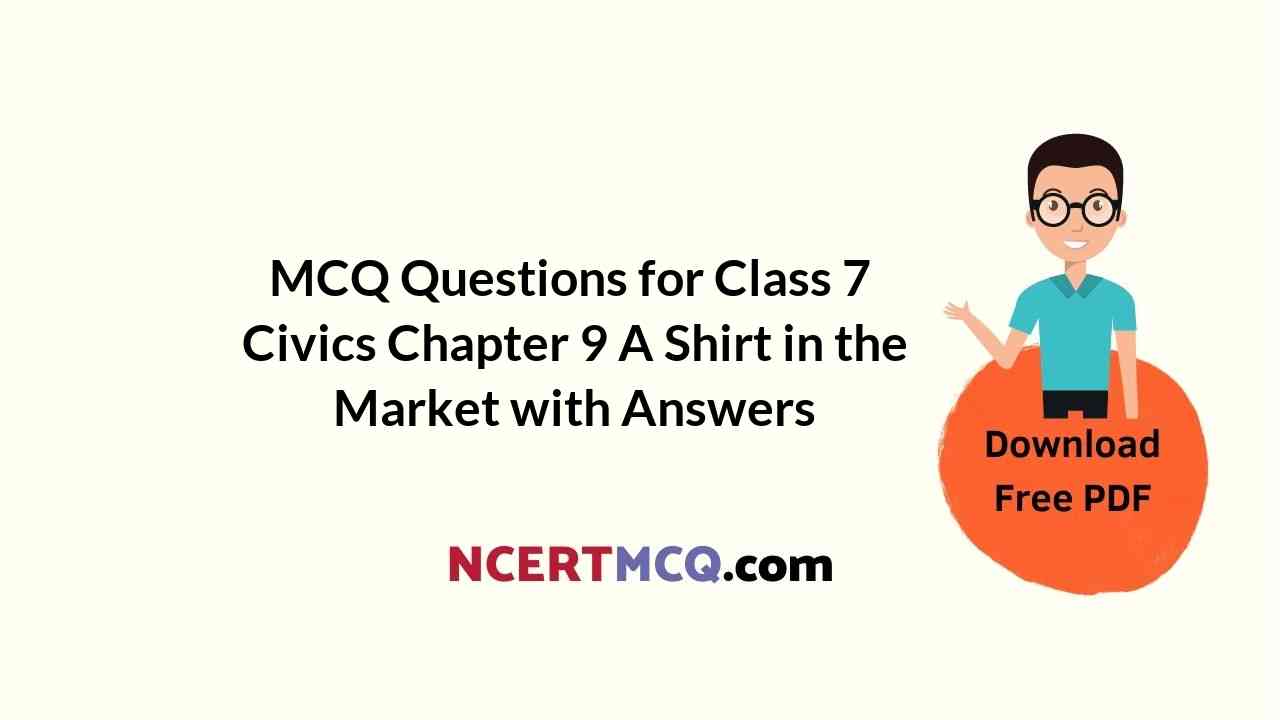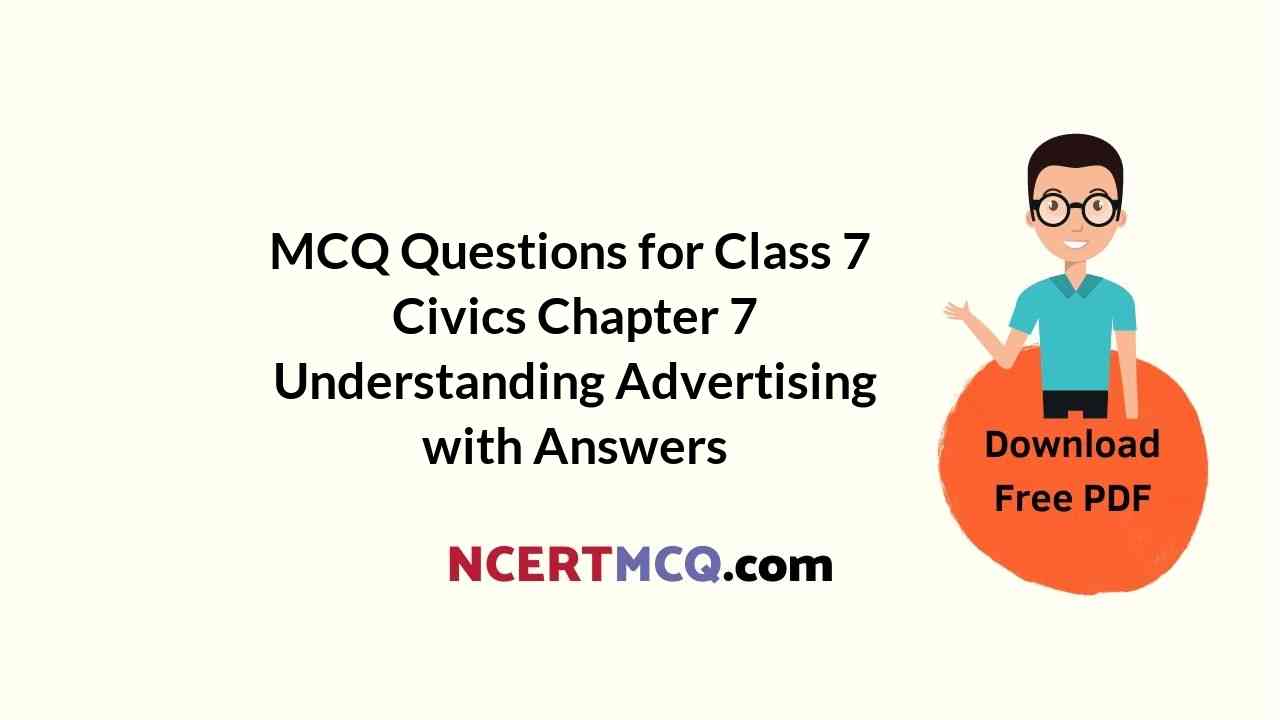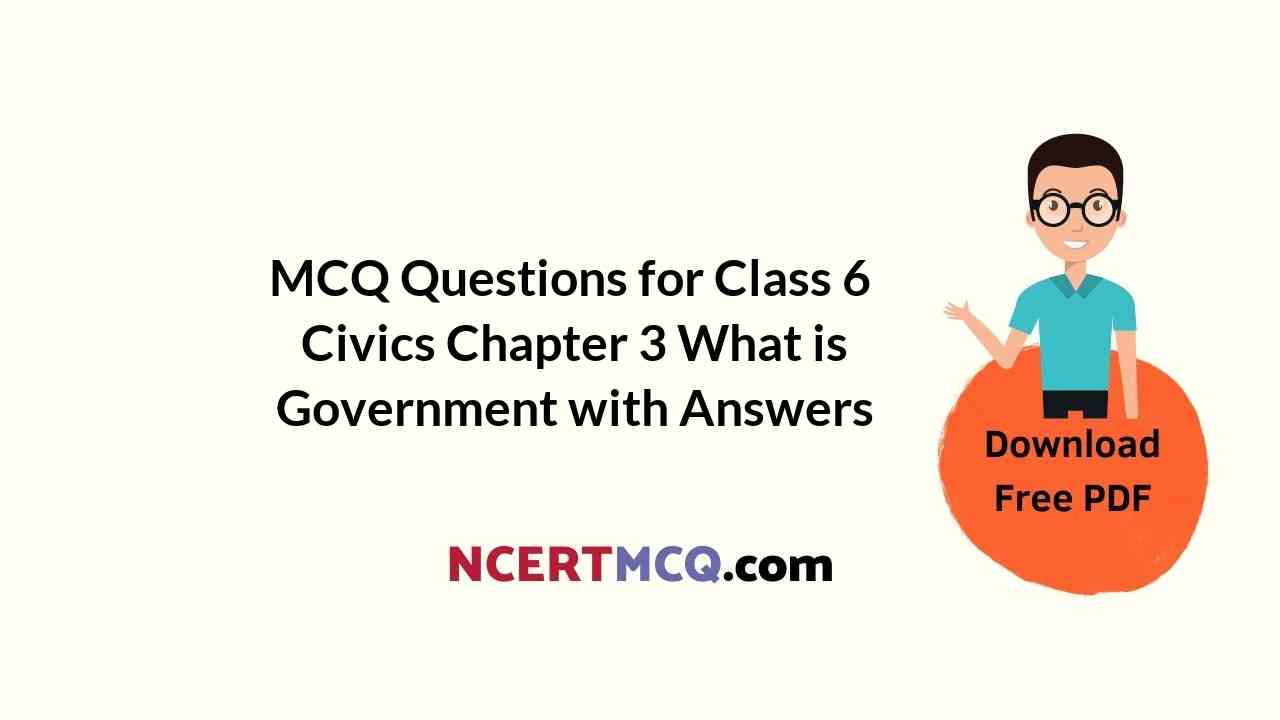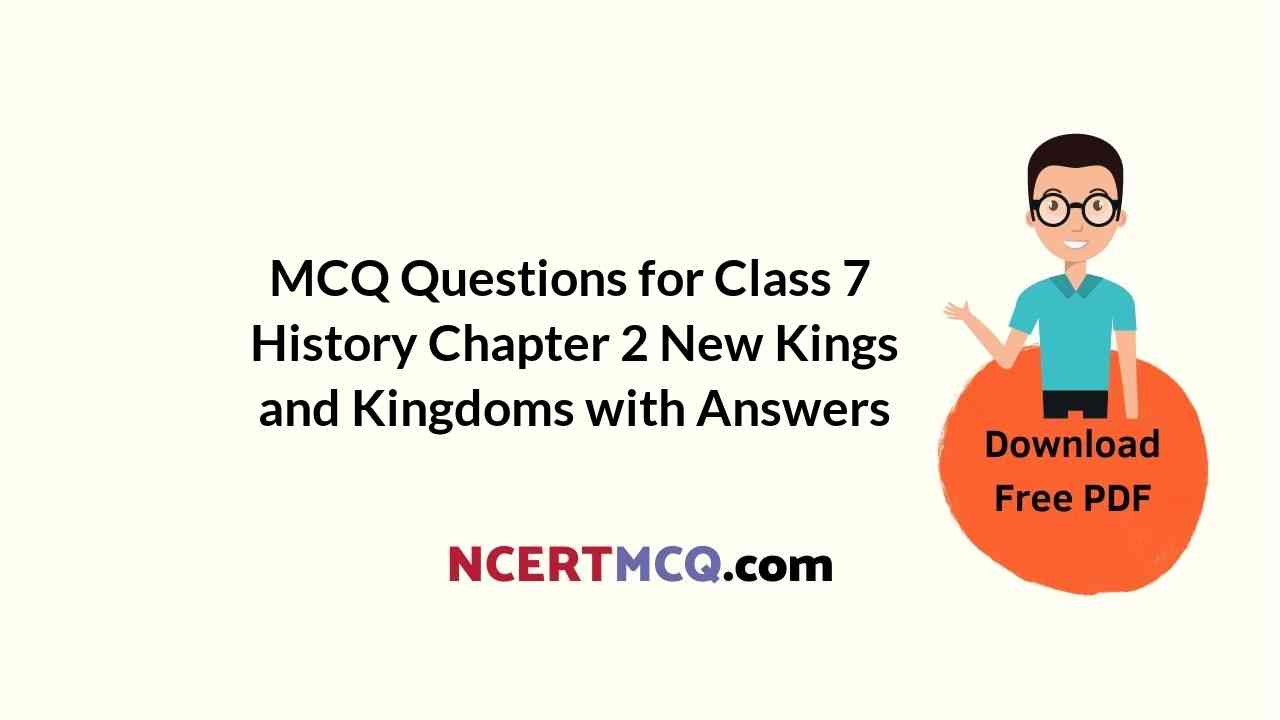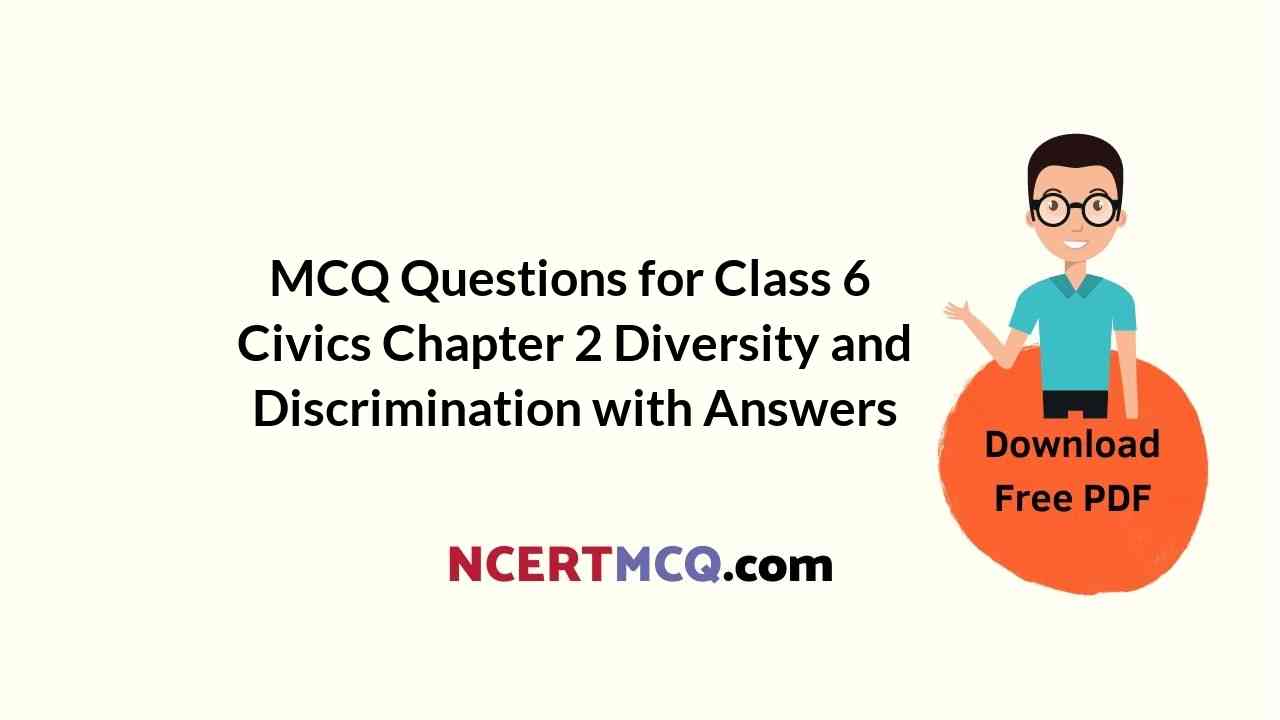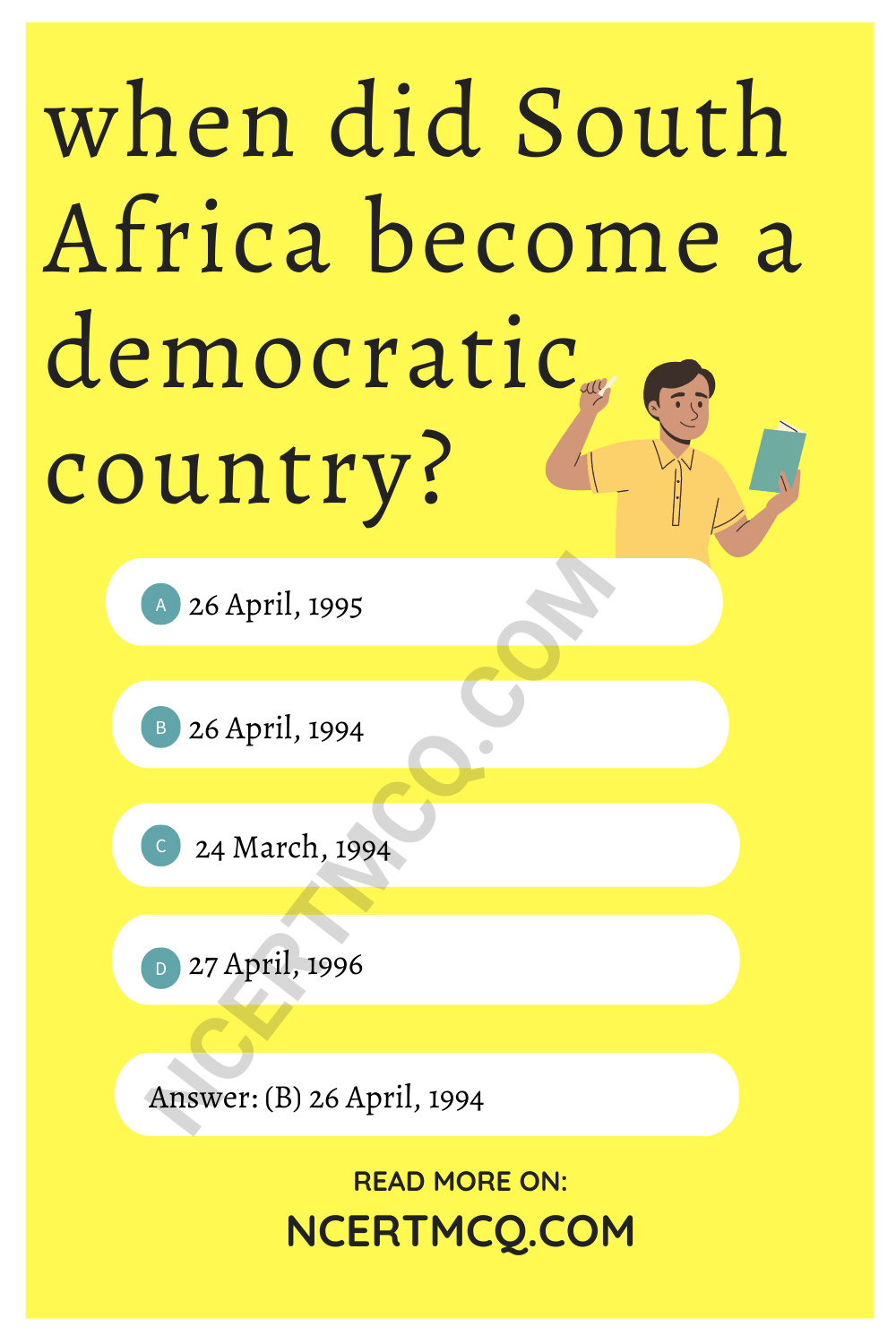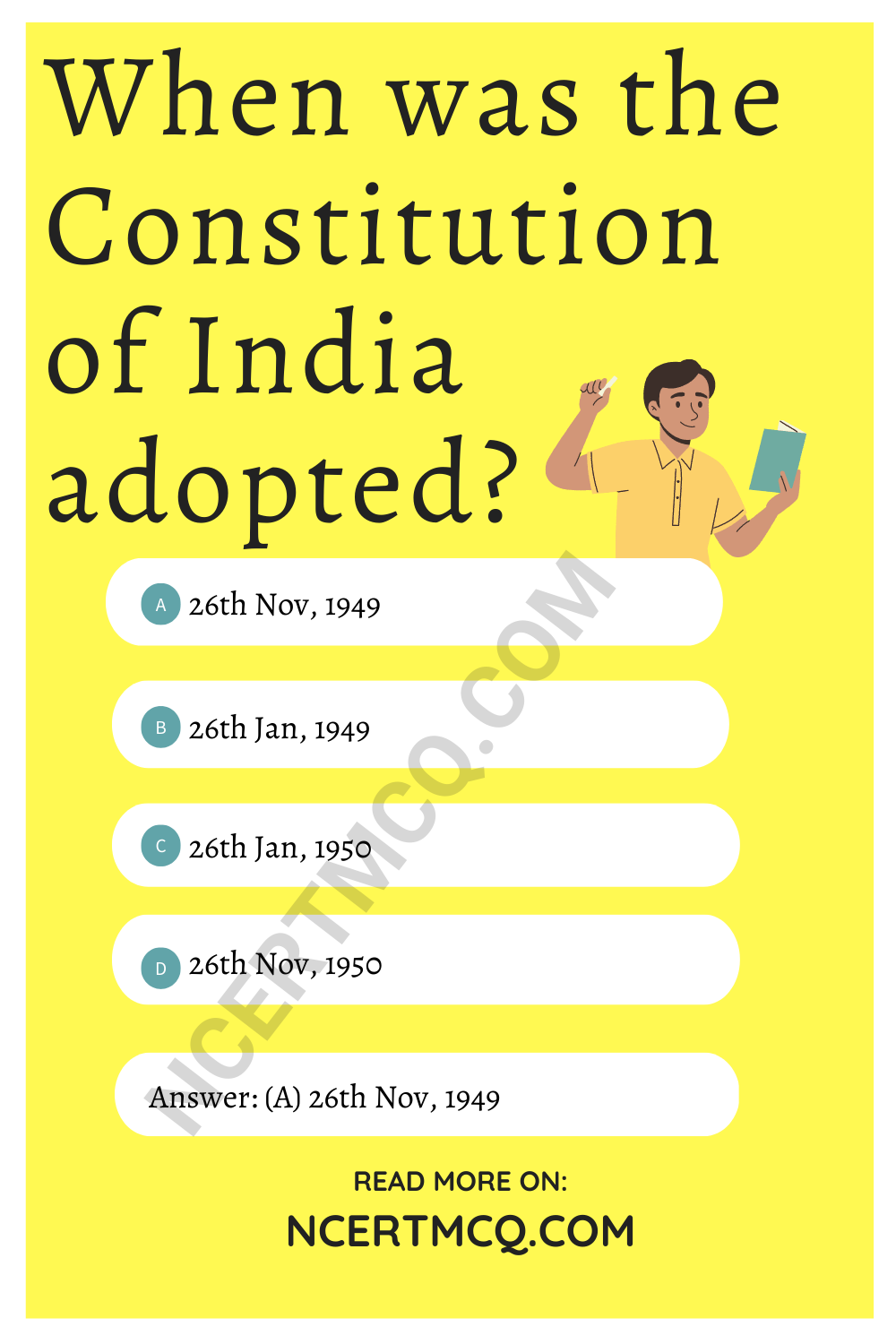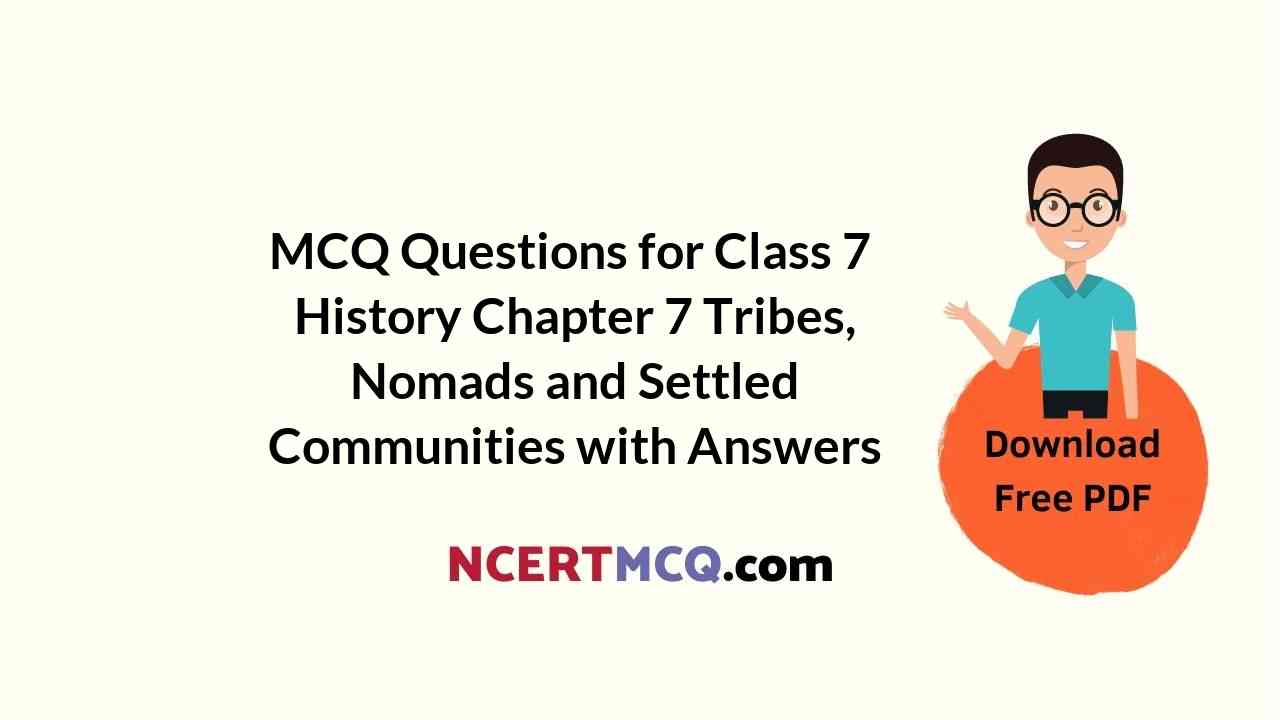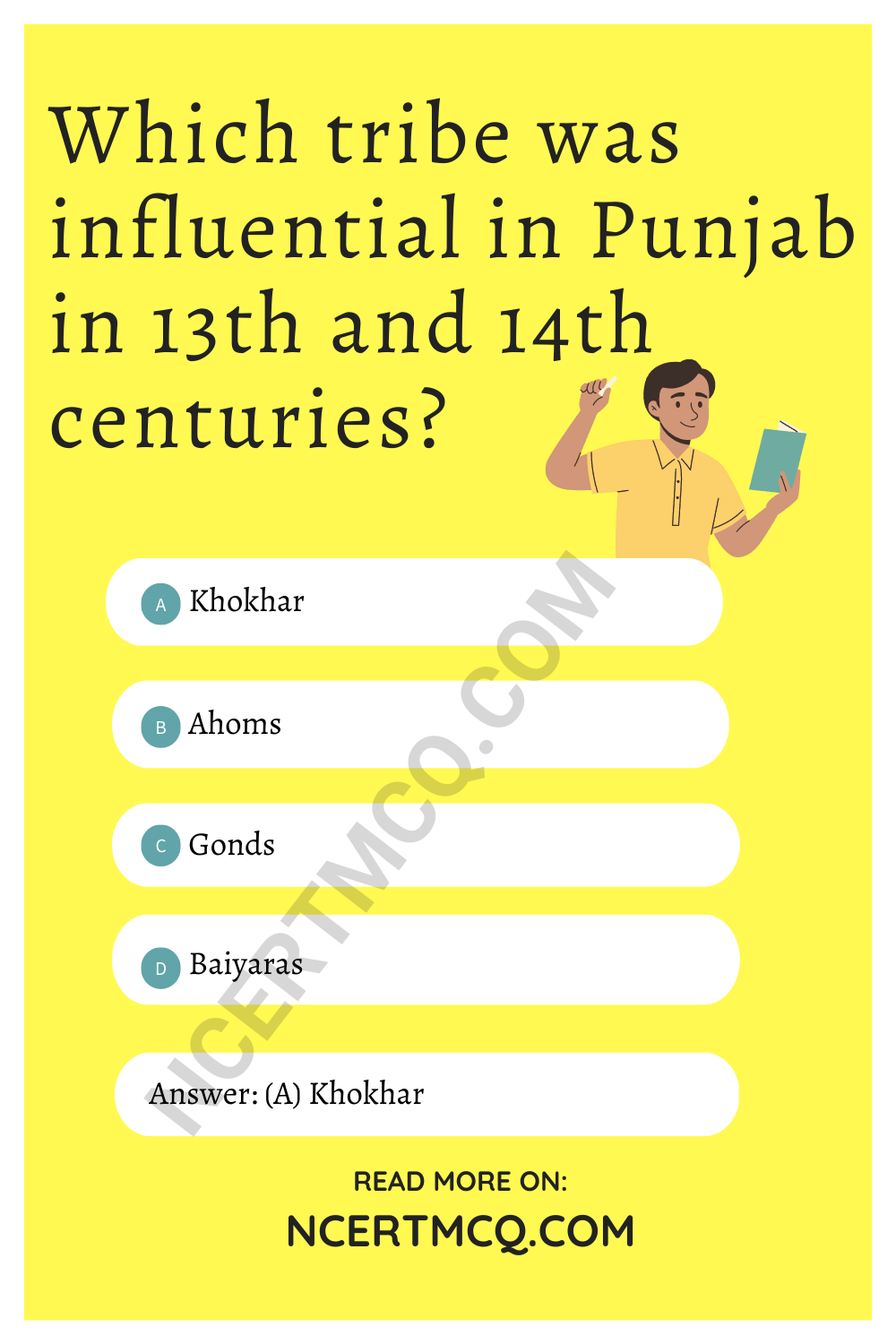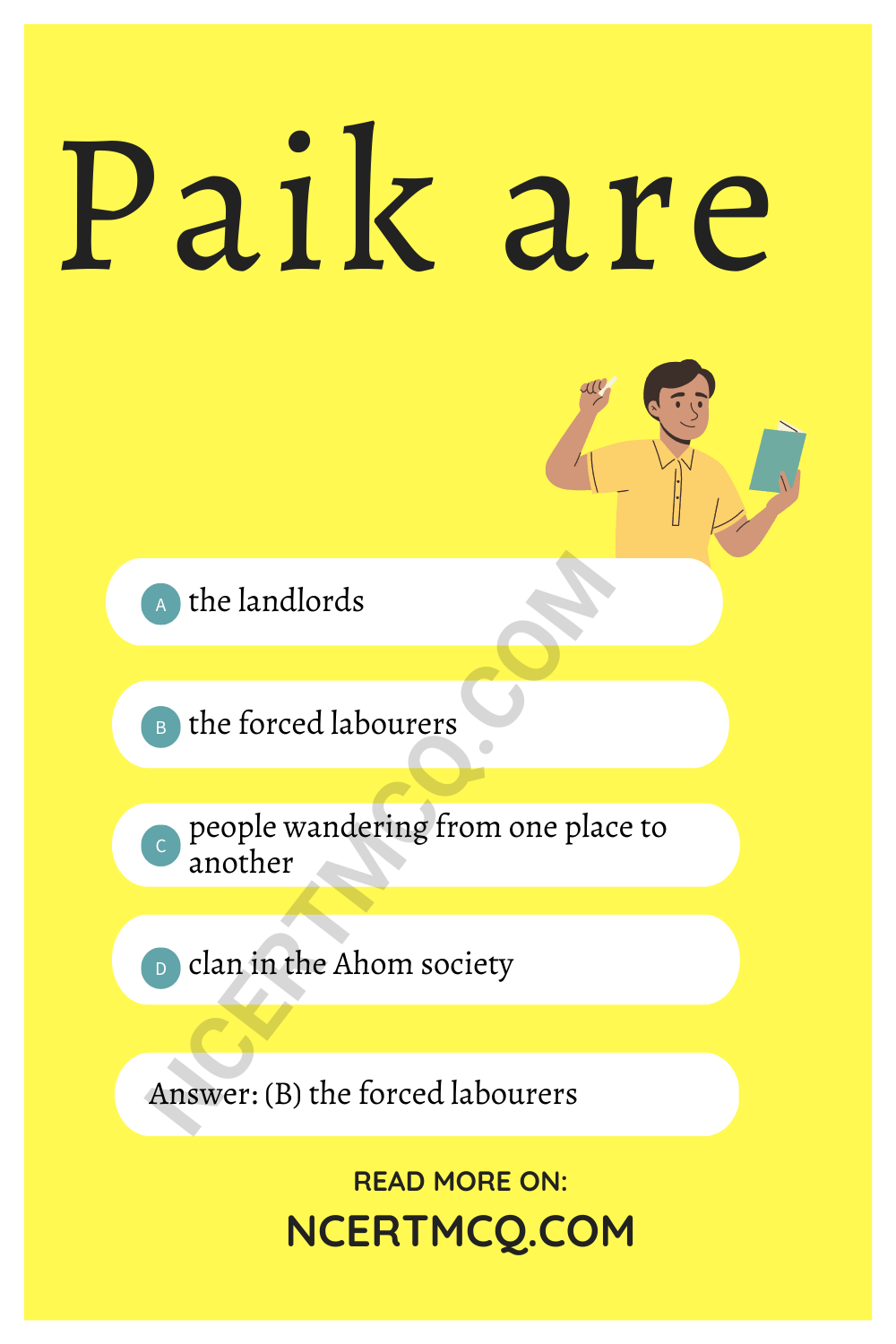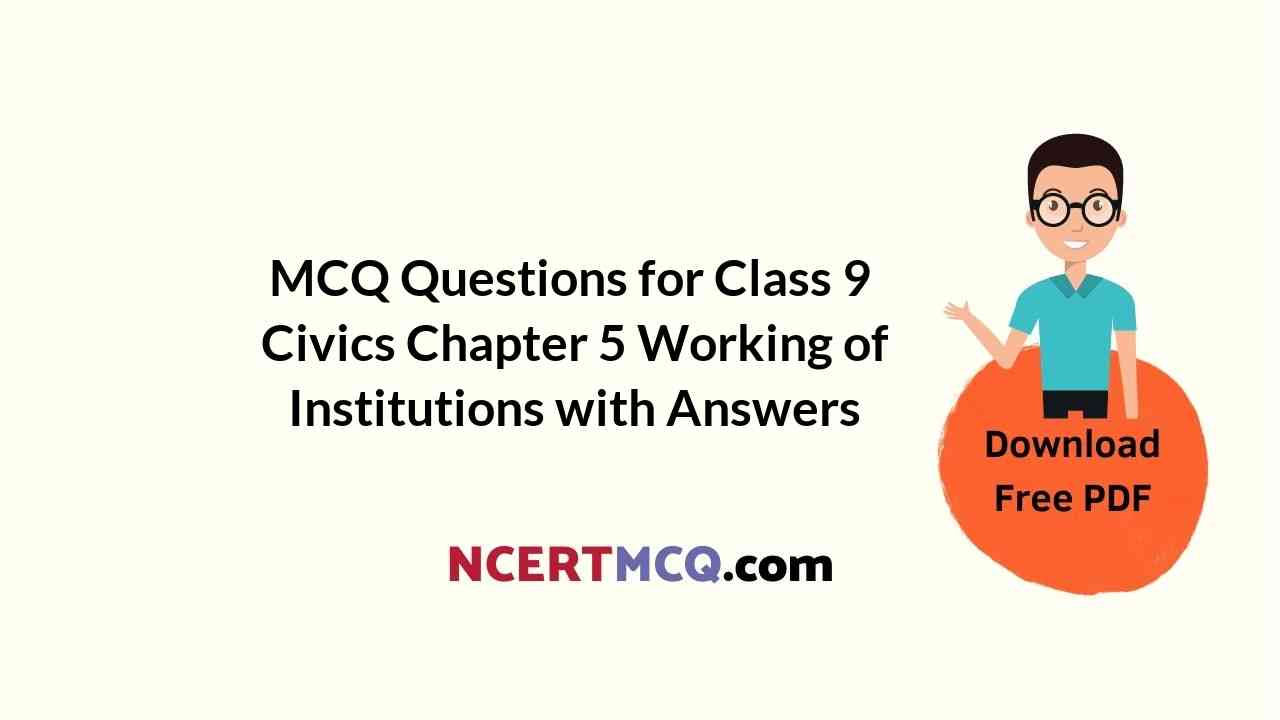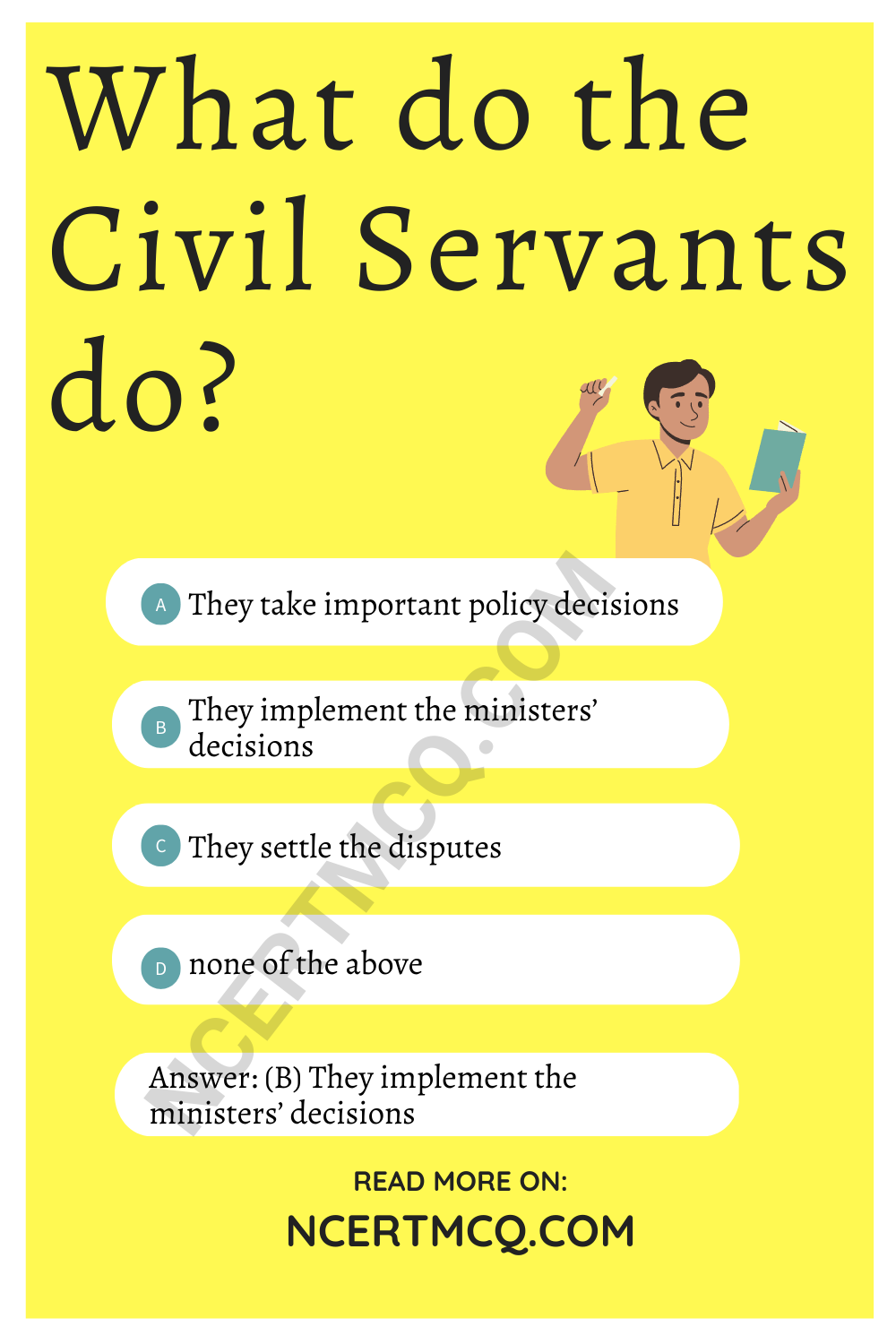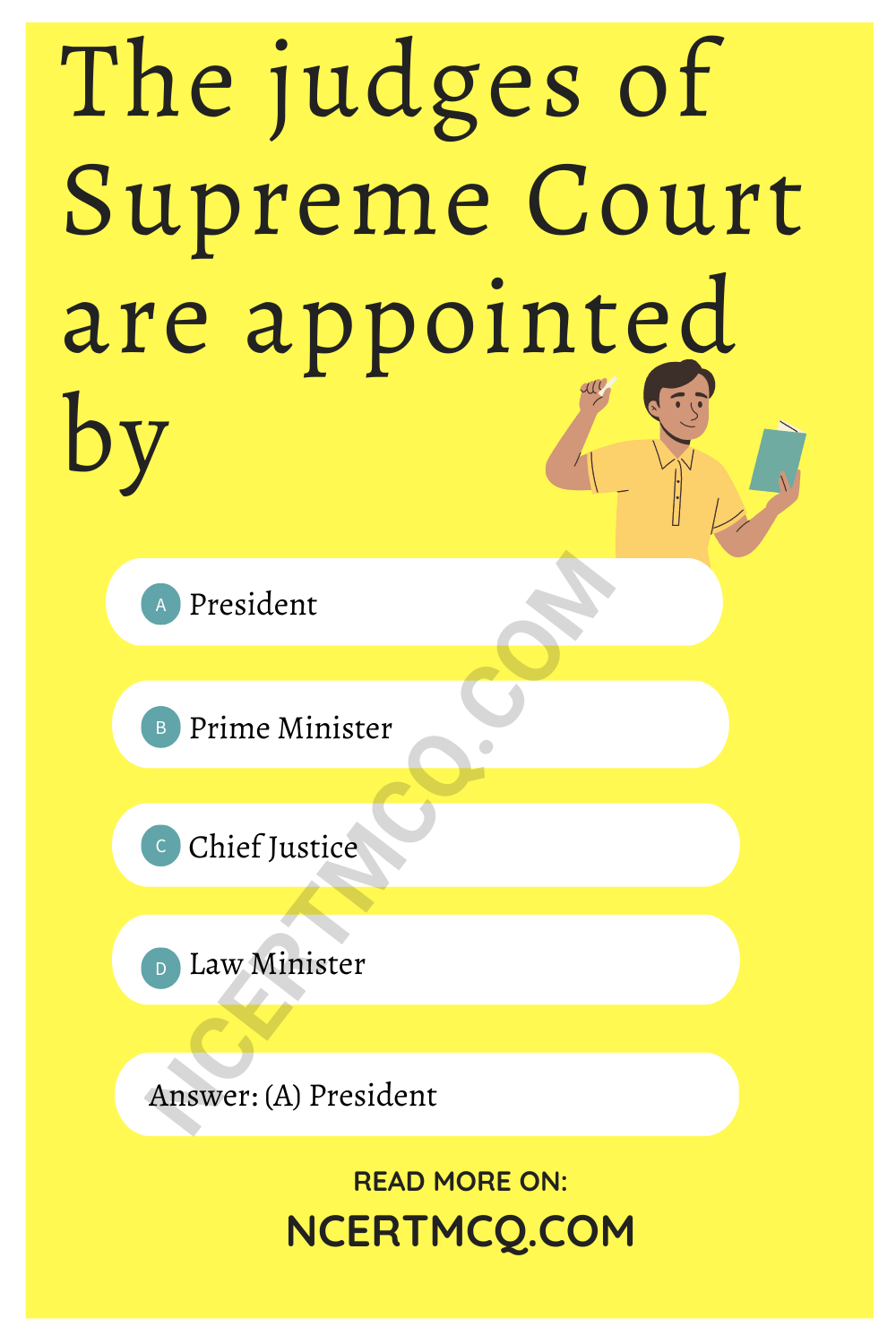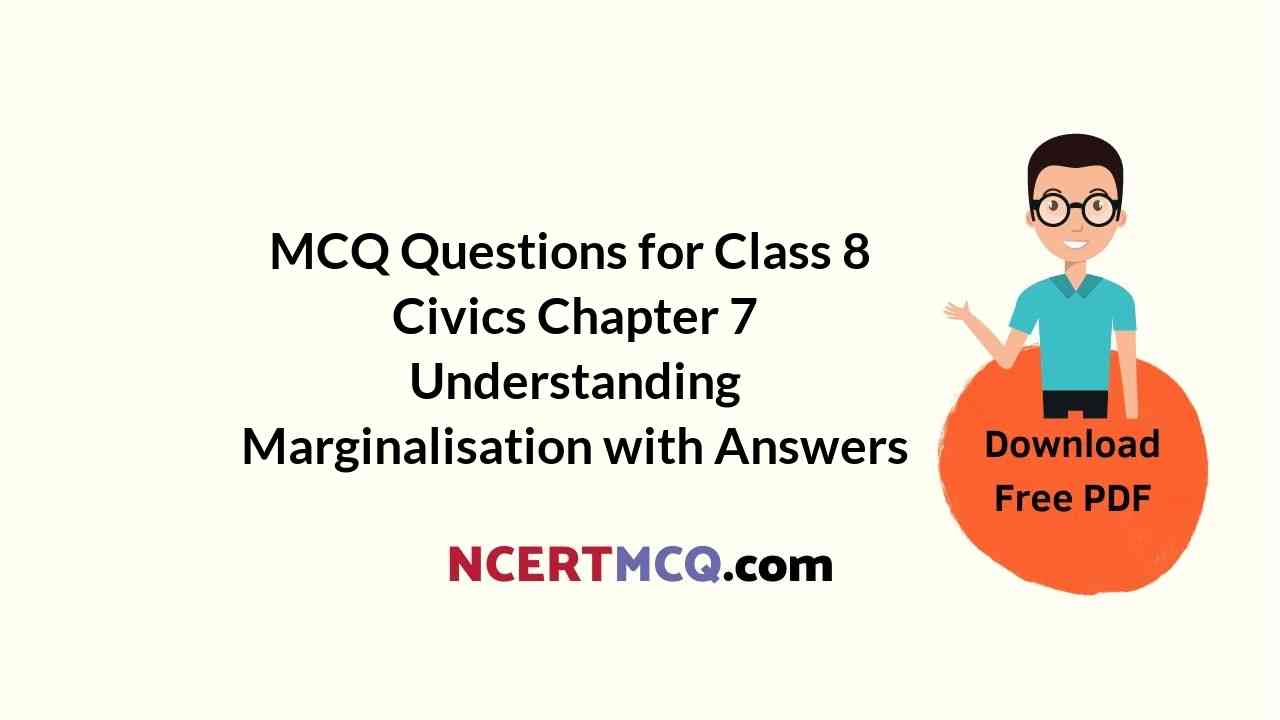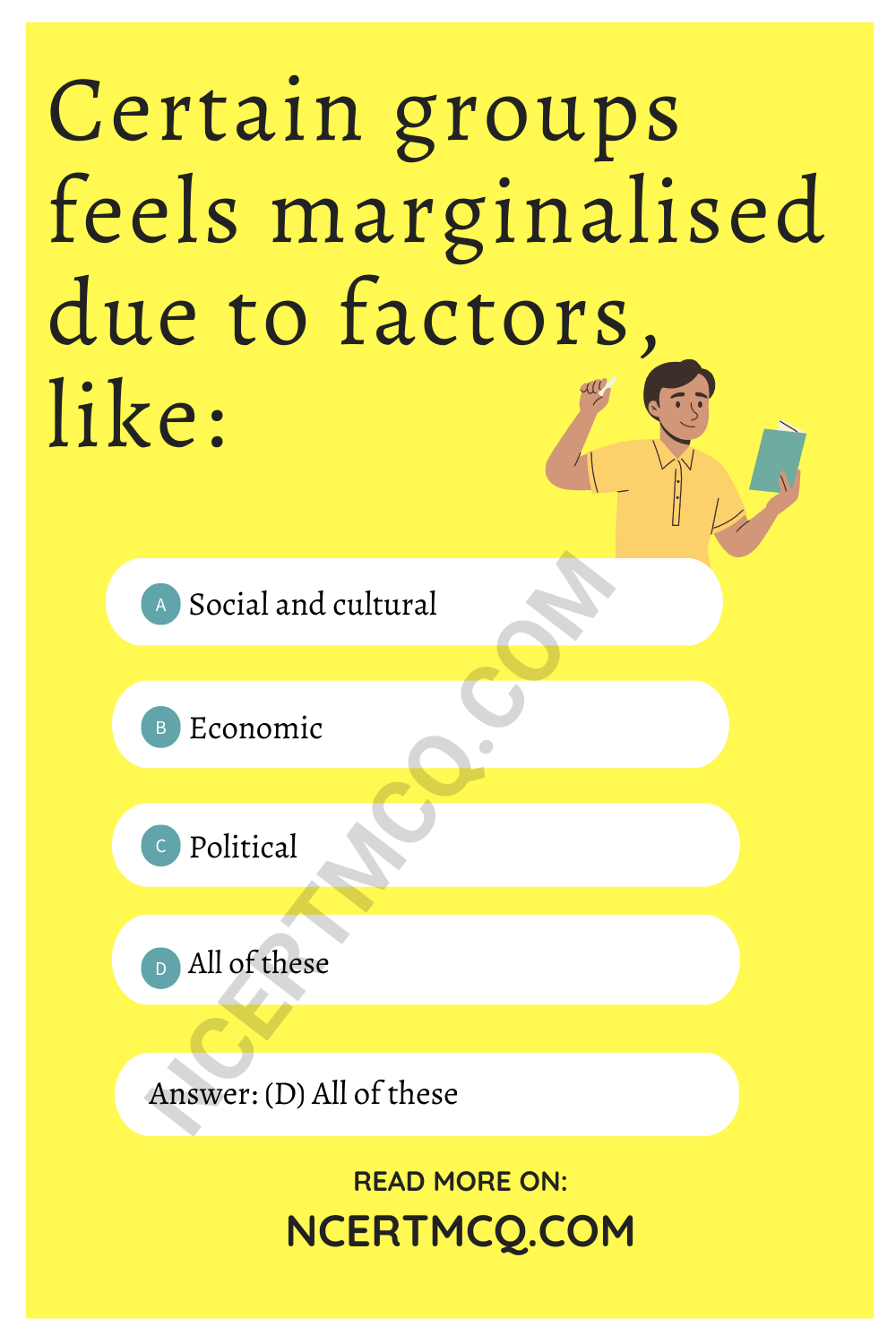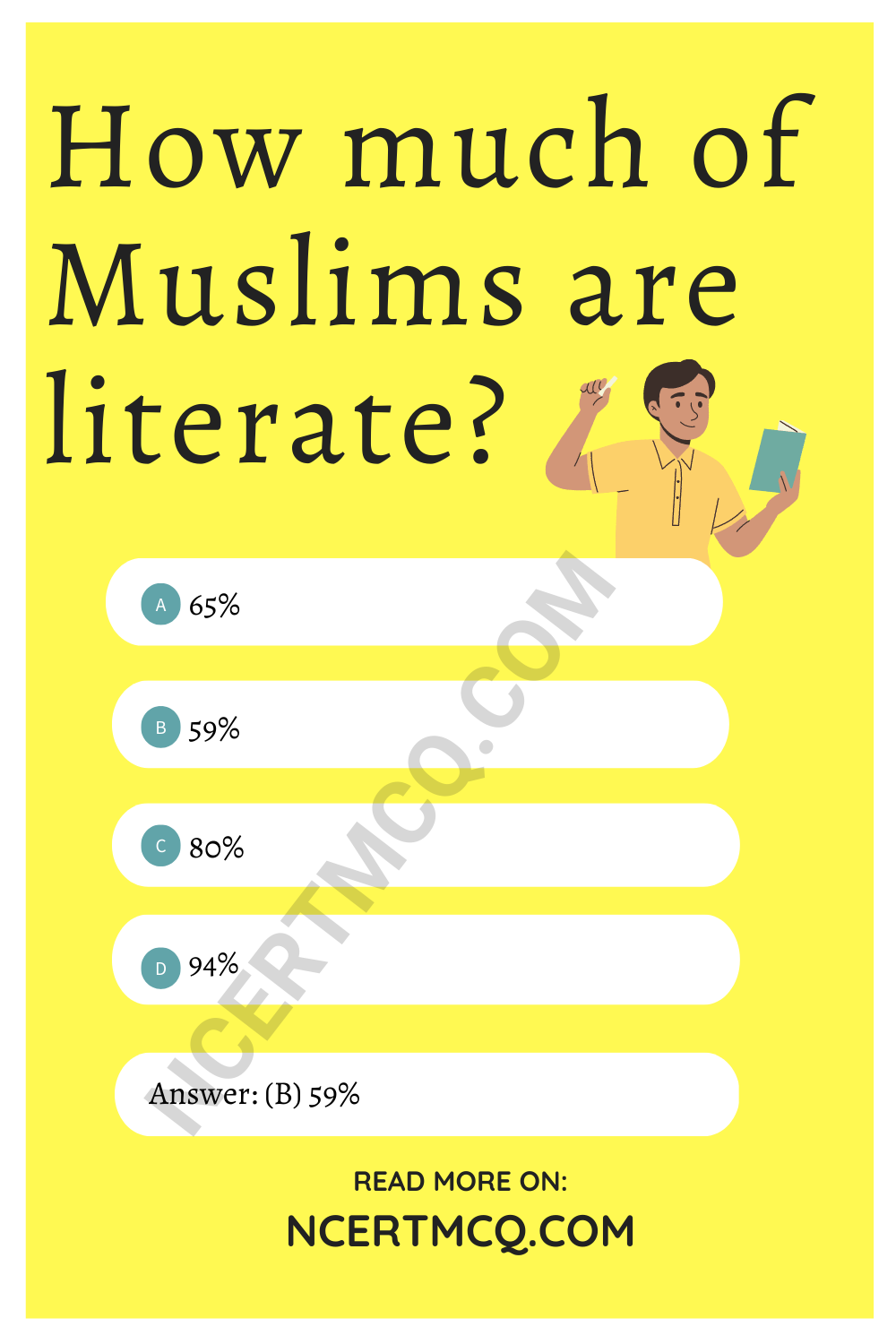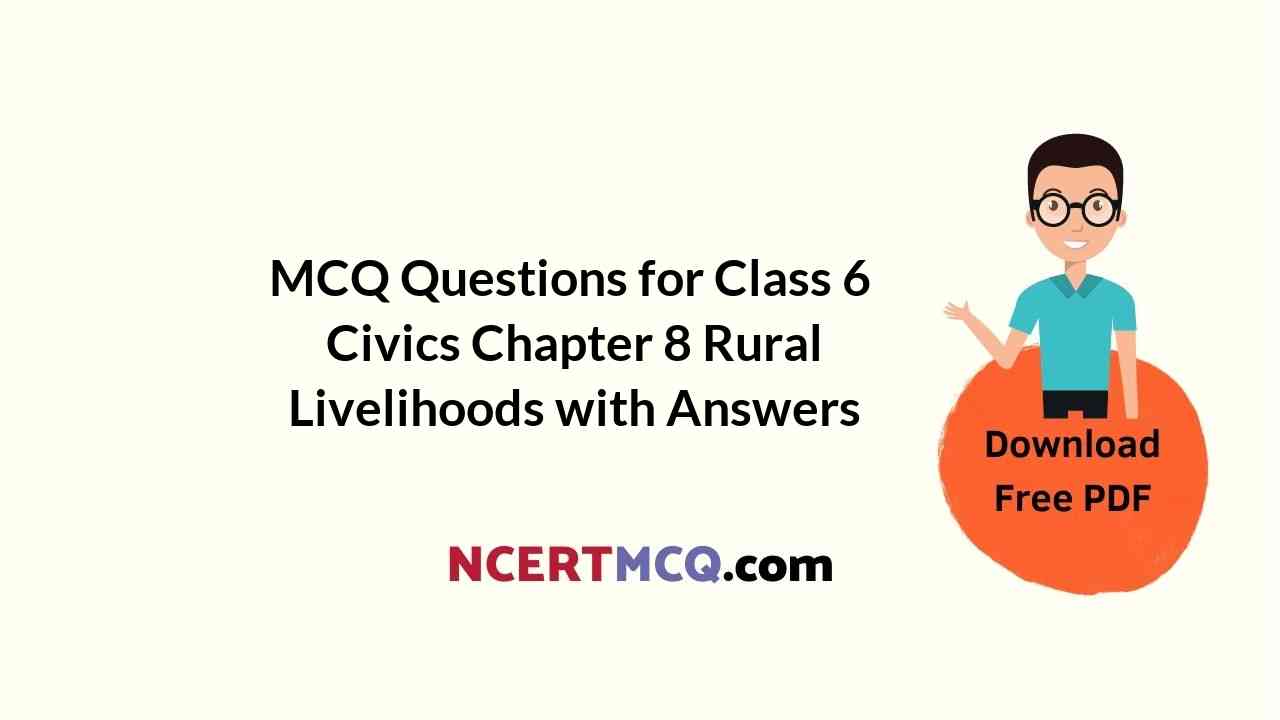Check the below Online Education NCERT MCQ Questions for Class 7 Civics Chapter 9 A Shirt in the Market with Answers Pdf free download. MCQ Questions for Class 7 Social Science with Answers were prepared based on the latest exam pattern. We have Provided A Shirt in the Market Class 7 Civics MCQs Questions with Answers to help students understand the concept very well. https://ncertmcq.com/mcq-questions-for-class-7-social-science-with-answers/
You can refer to NCERT Solutions for Class 7 Civics Chapter 9 A Shirt in the Market to revise the concepts in the syllabus effectively and improve your chances of securing high marks in your board exams.
Class 7 Social Science Civics Chapter 9 MCQ With Answers
Civics Class 7 Chapter 9 MCQs On A Shirt in the Market
A Shirt In The Market Class 7 MCQ Question 1.
The story of shirt does begins with:
(a) Spinning
(b) Production of Cotton
(c) Weaving
(d) Selling
Answer
Answer: (b) Production of Cotton
Class 7 Civics Chapter 9 MCQ Question 2.
How much amount did Swapna borrow to buy seeds, fertilizers, pesticides etc.?
(a) Rs 1500
(b) Rs 2000
(c) Rs 2500
(d) Rs 3000
Answer
Answer: (c) Rs 2500
MCQ Questions For Class 7 Civics Chapter 9 Question 3.
What promise did Swapna make to the traders?
(a) Not to give interest to him
(b) To give heavy amount of interest
(c) To sell her all cotton to him
(d) None of these
Answer
Answer: (c) To sell her all cotton to him
Ncert Class 7 Civics Chapter 9 MCQ Question 4.
Where is cotton sold in Andhra Pradesh?
(a) Kurnool
(b) Hyderabad
(c) Vijaywada
(d) None of these
Answer
Answer: (a) Kurnool
MCQ On A Shirt In The Market Class 7 Question 5.
Which is a factory where seeds are removed from cotton bolls and then spun into thread?
(a) Ginning mill
(b) Cloth mill
(c) Handloom factory
(d) Powerloom factory
Answer
Answer: (a) Ginning mill
A Shirt In The Market MCQ Class 7 Question 6.
Which is the largest cloth market in the world?
(a) Tamil Nadu
(b) Delhi
(c) Ahmedabad
(d) Agra
Answer
Answer: (a) Tamil Nadu
Class 7 Civics Ch 9 MCQ Question 7.
The cloth merchants sell their clothes from Erode cloth market to
(a) cloth trader
(b) garment manufacturers
(c) traders of Delhi
(d) farmers of cotton
Answer
Answer: (b) garment manufacturers
Question 8.
Who from the following is part of ‘putting out system?
(a) Farmers
(b) Weavers
(c) Consumers
(d) Foreign buyers
Answer
Answer: (b) Weavers
Question 9.
Who sells his goods abroad?
(a) Importer
(b) Exporter
(c) Manufacturers
(d) Merchant
Answer
Answer: (b) Exporter
Question 10.
Who does not earn any profit when a sihirt is sold to a consumer?
(a) Businessperson
(b) Merchant
(c) Worker
(d) Exporter
Answer
Answer: (c) Worker
Question 11.
What links Producer to a consumer?
(a) Chain of markets
(b) buying
(c) Selling
(d ) All of these
Answer
Answer: (a) Chain of markets
Question 12.
The amount that is left or gained from earnings after deduction of all the costs is called
(a) losses
(b) profits
(c) investment
(d) all of these
Answer
Answer: (b) profits
Match the contents of Column A with that of Column B.
| Column A | Column B |
| 1. Weaver | (a) who gets goods from other countries |
| 2. Exporter | (b) money put in by the manufacturer to produce the cloth |
| 3. Importer | (c) makes clothes with yam |
| 4. Investment | (d) sells goods to other countries |
Answer
Answer:
| Column A | Column B |
| 1. Weaver | (c) makes clothes with yam |
| 2. Exporter | (d) sells goods to other countries |
| 3. Importer | (a) who gets goods from other countries |
| 4. Investment | (b) money put in by the manufacturer to produce the cloth |
Fill in the blanks with appropriate words.
1. Chain of markets link the producer to the ……………..
Answer
Answer: consumer
2. The arrangement between a merchant and weavers is an example of …………. system.
Answer
Answer: putting out
3. Women are employed in garment factories as helpers on …………….. wages.
Answer
Answer: low
4. Cultivation of cotton requires high level of inputs such as ………… and ……………
Answer
Answer: fertilizers, pesticides
State whether the given statements are true or false.
1. Markets offer equal opportunities to all.
Answer
Answer: False
2. The weavers depend on the farmers for raw material.
Answer
Answer: False
3. Buying and selling takes place at every step in the chain of markets.
Answer
Answer: True
4. The foreign business persons do not make profit in the Indian market.
Answer
Answer: False
We hope the given NCERT MCQ Questions for Class 7 Civics Chapter 9 A Shirt in the Market with Answers Pdf free download will help you. If you have any queries regarding A Shirt in the Market CBSE Class 7 Civics MCQs Multiple Choice Questions with Answers, drop a comment below and we will get back to you soon.
Class 7 Social Science Civics MCQ:
- On Equality Class 7 MCQ
- Role of the Government in Health Class 7 MCQ
- How the State Government Works Class 7 MCQ
- Growing up as Boys and Girls Class 7 MCQ
- Women Change the World Class 7 MCQ
- Understanding Media Class 7 MCQ
- Understanding Advertising Class 7 MCQ
- Markets Around Us Class 7 MCQ
- A Shirt in the Market Class 7 MCQ
- Struggle for Equality Class 7 MCQ
